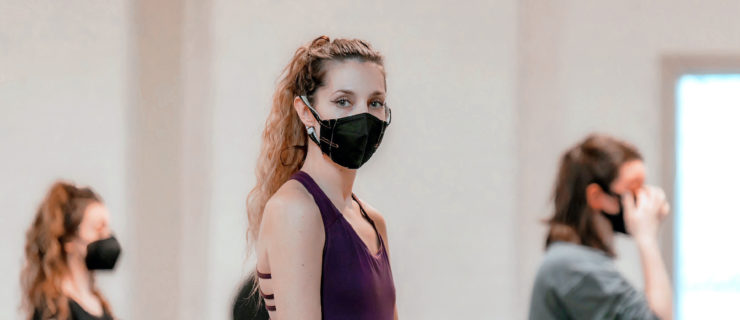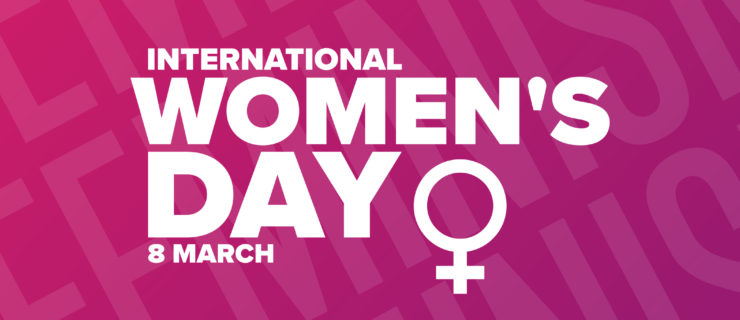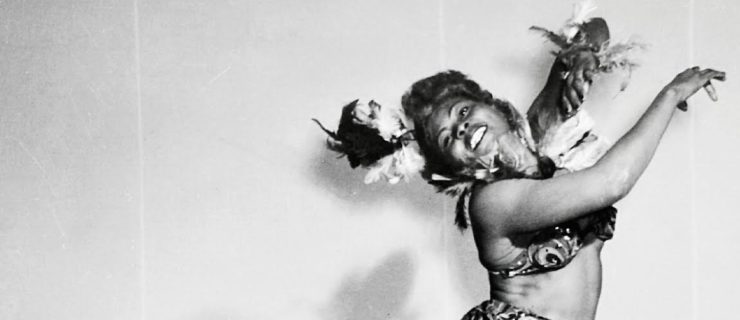Dancers Talk About Getting A Grip On Being Gay
Being a teenager can be tough. On top of working to improve your turnout and grand jetés, you’re learning to balance schoolwork, friends, family—and those crushes on the boys and girls in your life. As dancers, you already use your bodies as instruments, so you may be even more keenly aware of your physicality and all the accompanying sensations that come with those new feelings.
So what happens if you find yourself attracted to your best friend, who, like you, is a girl? Or you can’t stop daydreaming about that adorable guy who stands in front of you at the barre—and you’re a boy? Same-sex feelings are a natural part of growing up, and may not be indicative of homosexuality—a lot of teens (most, even!) have them at some point. (Likewise, just because you’re a male dancer doesn’t mean you’re gay.) But what if you’re pretty sure you’re only attracted to the same sex?
Take heart—you’re not alone. Research shows that between 2 to 10% of the population is gay, with a higher incidence in the dance world. Dance Spirit talked to five gay and lesbian dancers about negotiating the road to discovering one’s sexuality—and how to help a friend who’s trying to come out of the closet gracefully.
Feeling different
Young gay and lesbian dancers often sense that their sexual feelings aren’t in sync with others. “You can be in grammar school and know you’re different, but you just don’t know what it is yet,” says Nancy Tricamo, a faculty advisor at the NYU School of Social Work and a therapist. Former Paul Taylor Dance Company star Patrick Corbin, who’s now artistic director of CorbinDANCES, fought his homosexual feelings throughout high school, even pretending to have a girlfriend. But when he was 22, his body rebelled: He broke out in hives. “I knew it was time to do something about it,” he says.
Often, gay and lesbian teenagers think they’re the only ones going through the mental and emotional processing of same-sex attraction, which can feel alienating, especially in a time when “fitting in” is of utmost importance. Rule of thumb: Recognize what you are feeling and acknowledge it as real. The emotions never lie.
What Do I Do if I’m Gay?
Seek out support and find someone to talk to about your feelings; there are lots of people out there. Choreographer Ben Munisteri, who heads NYC-based modern company Ben Munisteri Dance Projects, says that gay adolescents—particularly those outside urban areas—need a support system of friends and teachers. “You need to verbalize your feelings with someone you trust,” he says, even though talking about it may prove to be a challenge.
If you are comfortable talking to members of your family, start there. For some families and communities, coming out proves to be relatively uneventful: Choreographer Sarah East Johnson, who runs NYC-based LAVA, a dance-theater-acrobatics company for six women, recognized her lesbian identity and embraced it from a young age. When she came out to her family at 19, it wasn’t a big deal; nor was fitting into the liberal East Village scene when she started her NYC career. Some family members might be more receptive than others: As a teenager, Munisteri found it safer to come out to his siblings before telling his parents a year later.
“The first people I came out to were my straight female friends,” Corbin says. “For support, you need to go to your nearest and dearest—the people you can be honest with.” When you find someone who is empathetic, don’t shut down. If a friend is mean or disrespectful, you don’t need her in your life.
You might find it helpful to talk to a trusted adult. You can start with your dance teacher; nearly everyone in the dance profession has worked with someone who is gay. If you don’t have someone in your direct circle you feel safe with, school counselors are often trained to be sensitive to homosexual issues.
For long-term self-identity issues, Tricamo urges finding a therapist “who is accepting and encouraging of who you are.” If you can’t find anyone to talk to, there are plenty of gay-straight alliances, websites and gay hotlines (see sidebar). Just make sure you trust the person with whom you want to discuss these sensitive issues.
Role models and community
In this era of “Will & Grace” and “The L Word,” gay men and women are no longer hidden from view. Seek out role models in and outside the dance world. Choreographers Mark Morris and Bill T. Jones made a huge impact on Munisteri when they came out and talked about their sexuality without shame. “It takes a lot of work for a young person to consider the idea that being gay isn’t a character flaw,” says Munisteri. These two successful men served as role models and strengthened Munisteri’s convictions as an artist and as a person.
Once Corbin came out, he found the support from his gay and straight colleagues was overwhelming. The dance world, as a whole, isn’t as uptight about gay issues as, for example, corporate institutions; coming out is often easier in an artistic environment. Both Munisteri and Johnson communicate freely with company and non-company members who are gay. And all three choreographers came out in The Advocate, a national gay and lesbian magazine, to serve as role models for dance’s next generation.
Thousands of dancers have struggled with their emotions around the complex issue of sexuality. Just take this advice to heart: Know that you are not alone in feeling same-sex attraction, find a supportive person to talk to and seek out a community that can help you. In the year 2007, there is no need to suffer without help.



